The Horvath Clock - What Is It?
The Horvath Clock, also known as the "epigenetic clock," is a groundbreaking scientific tool developed by Dr. Steve Horvath, a biostatistician and professor of human genetics.
This clock is not a physical device but a biological measure of aging based on DNA methylation patterns.
DNA methylation is a natural process where chemical groups are added to DNA molecules, affecting gene expression without altering the genetic sequence.
Dr. Horvath's clock has revolutionized our understanding of aging, providing a precise way to estimate biological age, which may differ from chronological age.
This article explores the Horvath Clock's mechanisms, applications, and implications for health, longevity, and science.
The Science Behind the Horvath Clock
The Horvath Clock measures biological age by analyzing epigenetic markers on DNA.
These markers are small chemical tags, primarily methyl groups, that attach to specific locations on the genome.
Over time, patterns of DNA methylation change predictably as part of the aging process.
Dr. Horvath's work involved analyzing massive datasets of DNA methylation from thousands of samples across various tissues.
By identifying specific methylation sites that correlate strongly with chronological age, he developed a mathematical model to estimate biological age.
This age reflects the functional state of an individual’s body and may indicate whether they are aging faster or slower than average.
How the Horvath Clock Works
The Horvath Clock uses a set of 353 CpG sites (regions of DNA where a cytosine nucleotide is followed by a guanine nucleotide) to predict biological age. These sites are consistent across different tissues, making the clock versatile and applicable to almost all cell types in the human body.
The process involves:
- Sample Collection: DNA is extracted from blood, saliva, or tissue samples.
- Methylation Analysis: Advanced laboratory techniques measure methylation levels at the selected CpG sites.
- Mathematical Modeling: The data is input into Horvath's algorithm, which calculates the biological age.
The accuracy of the Horvath Clock is remarkable, with a margin of error of about 3–5 years. This precision has made it a valuable tool for studying aging and its associated diseases.
Applications of the Horvath Clock
1. Understanding Aging
The Horvath Clock provides insights into how and why we age. By comparing biological and chronological ages, researchers can identify factors that accelerate or decelerate aging, such as lifestyle, diet, and genetics.
2. Predicting Health Outcomes
Biological age, as determined by the Horvath Clock, is a strong predictor of health risks. A higher biological age relative to chronological age is associated with:
- Increased risk of chronic diseases like cardiovascular disease, diabetes, and cancer.
- Reduced lifespan and resilience to stressors.
3. Evaluating Anti-Aging Interventions
The clock is widely used to test the efficacy of anti-aging therapies, including dietary changes, exercise regimens, and experimental drugs. By measuring changes in biological age, researchers can assess whether an intervention slows, halts, or reverses aging at the cellular level.
4. Forensic Science
In forensic applications, the Horvath Clock can estimate the age of unknown individuals based on DNA samples, aiding in criminal investigations and identification.
Implications for Health and Longevity
The Horvath Clock has opened new avenues for personalized medicine and longevity research. Its ability to detect subtle changes in biological age provides a window into the body's underlying health.
Personalized Health Plans
By understanding their biological age, individuals can tailor lifestyle choices to improve health and potentially slow aging. For instance, someone with a biological age higher than their chronological age might benefit from dietary adjustments, stress management, or increased physical activity.
Longevity Research
The Horvath Clock has spurred interest in therapies aimed at reversing biological age. Promising areas of research include:
- Senolytics: Drugs that target and eliminate senescent (aging) cells.
- Epigenetic Reprogramming: Techniques to reset DNA methylation patterns to a more youthful state.
- Nutritional Interventions: Diets like intermittent fasting or calorie restriction, which may influence methylation and aging.
Limitations and Ethical Considerations
Despite its potential, the Horvath Clock is not without limitations.
Accuracy and Variability
While the clock is highly accurate, individual variability in methylation patterns can sometimes lead to discrepancies. Factors like genetics, environment, and sample quality can influence results.
Ethical Concerns
The ability to measure biological age raises ethical questions, particularly in areas like insurance and employment. For example, could a higher biological age affect someone's insurability or career prospects? These concerns highlight the need for careful regulation and ethical guidelines.
The Future of the Horvath Clock
The Horvath Clock is continually evolving as researchers refine its algorithms and expand its applications. Recent developments include:
- Tissue-Specific Clocks: Variants of the clock tailored to specific tissues, such as the brain or liver, for more precise insights.
- Second-Generation Clocks: New models that incorporate additional epigenetic markers to improve accuracy and predictive power.
- Applications Beyond Humans: The principles of the Horvath Clock are being adapted for use in animals, providing insights into aging across species.
Conclusion
The Horvath Clock represents a paradigm shift in our understanding of aging. By measuring biological age through DNA methylation, it provides a powerful tool for studying the aging process, predicting health outcomes, and evaluating interventions. While challenges and ethical considerations remain, the clock’s potential to improve health and longevity is undeniable.
As science continues to uncover the complexities of aging, tools like the Horvath Clock will play a crucial role in shaping a future where longer, healthier lives are within reach for all.
